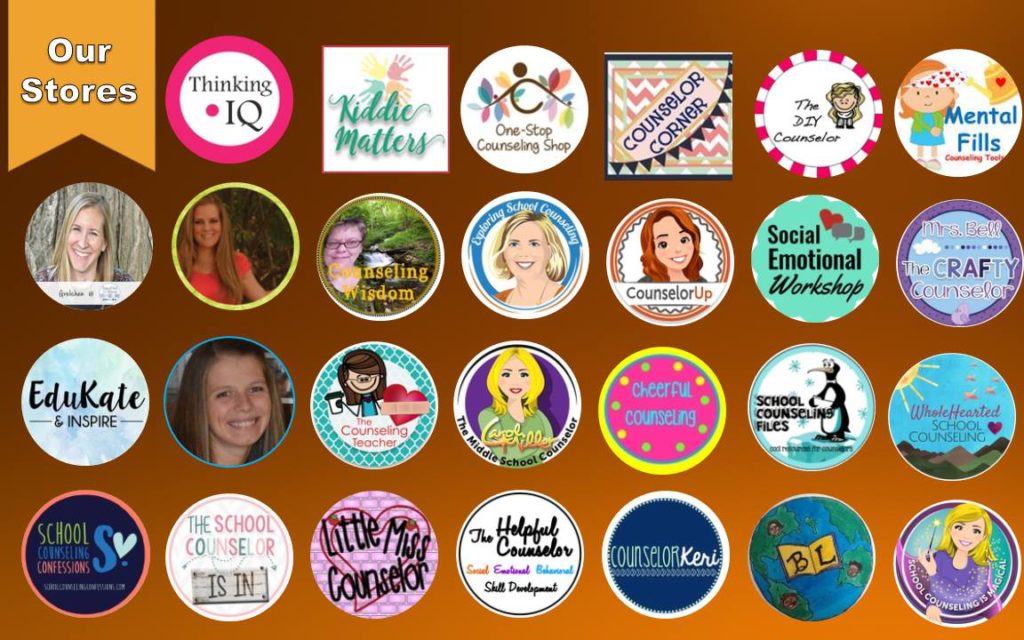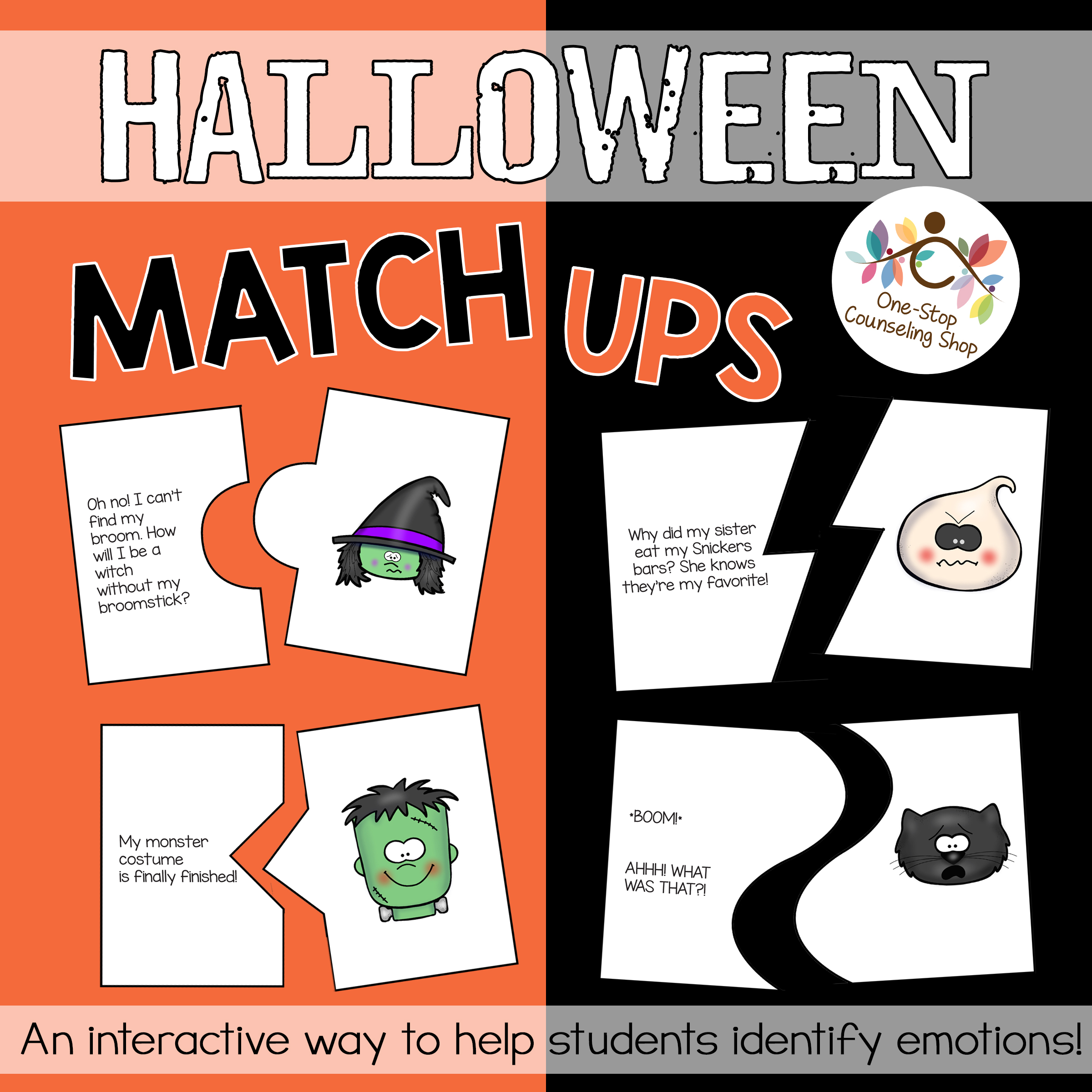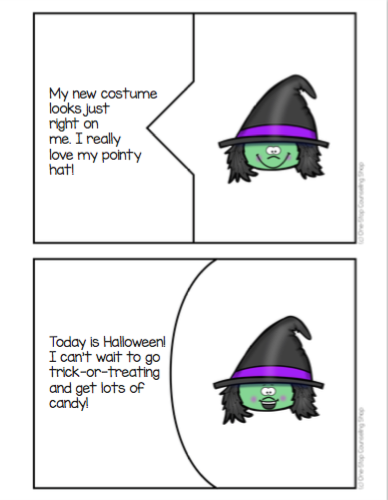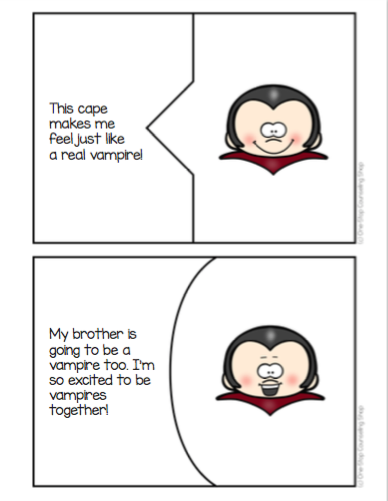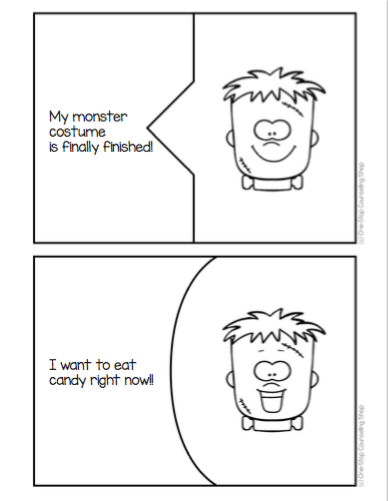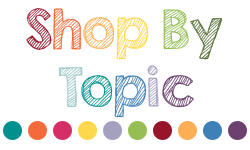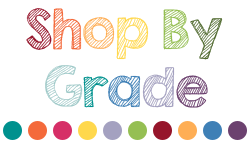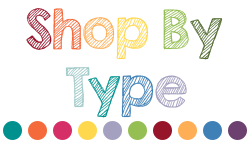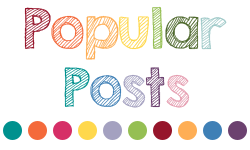
This fun activity was designed to help students discriminate between positive, appropriate, or expected behavior and negative, inappropriate, or unexpected behavior.

It activity contains 16 positive behavior cards and 16 negative behavior cards in both full-color and printer-friendly black and white. The engaging pictures provide visual support for younger non-reading students or those with Autism or other disabilities. Students sort the behaviors and while doing so can be asked questions such as:
“Why is this behavior inappropriate for school?”
“How do you think someone would feel if this happened to them?” “Is this rule the same at home and at school?”
“Has this ever happened to you? What happened?”
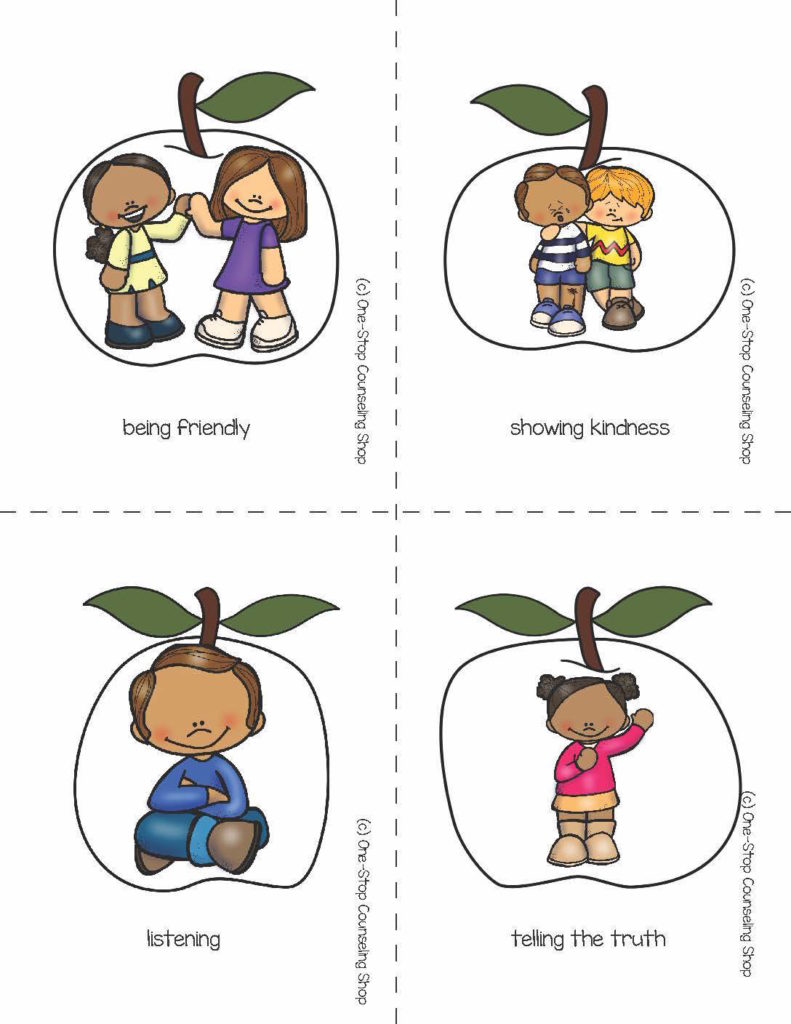
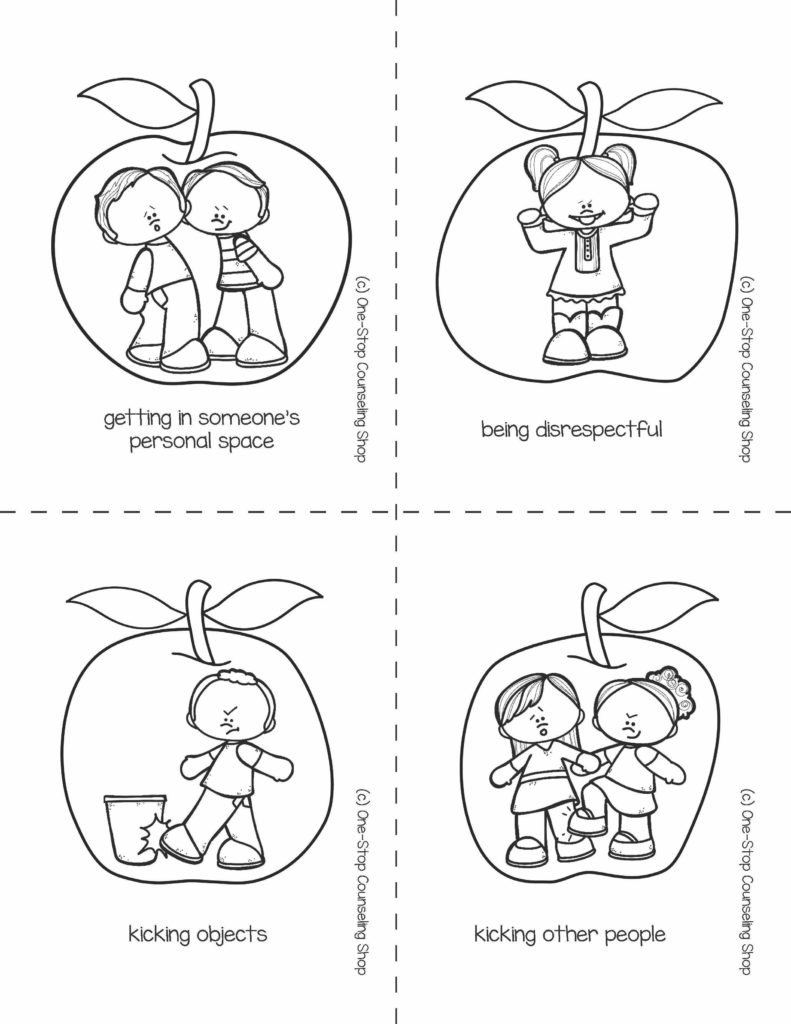
The activity refers to behaviors as “super sweet” or “sour situation” so you can use your own terms (i.e. positive, appropriate, or expected behavior) to reinforce whatever vocabulary your students are familiar most with.
SaveSave



